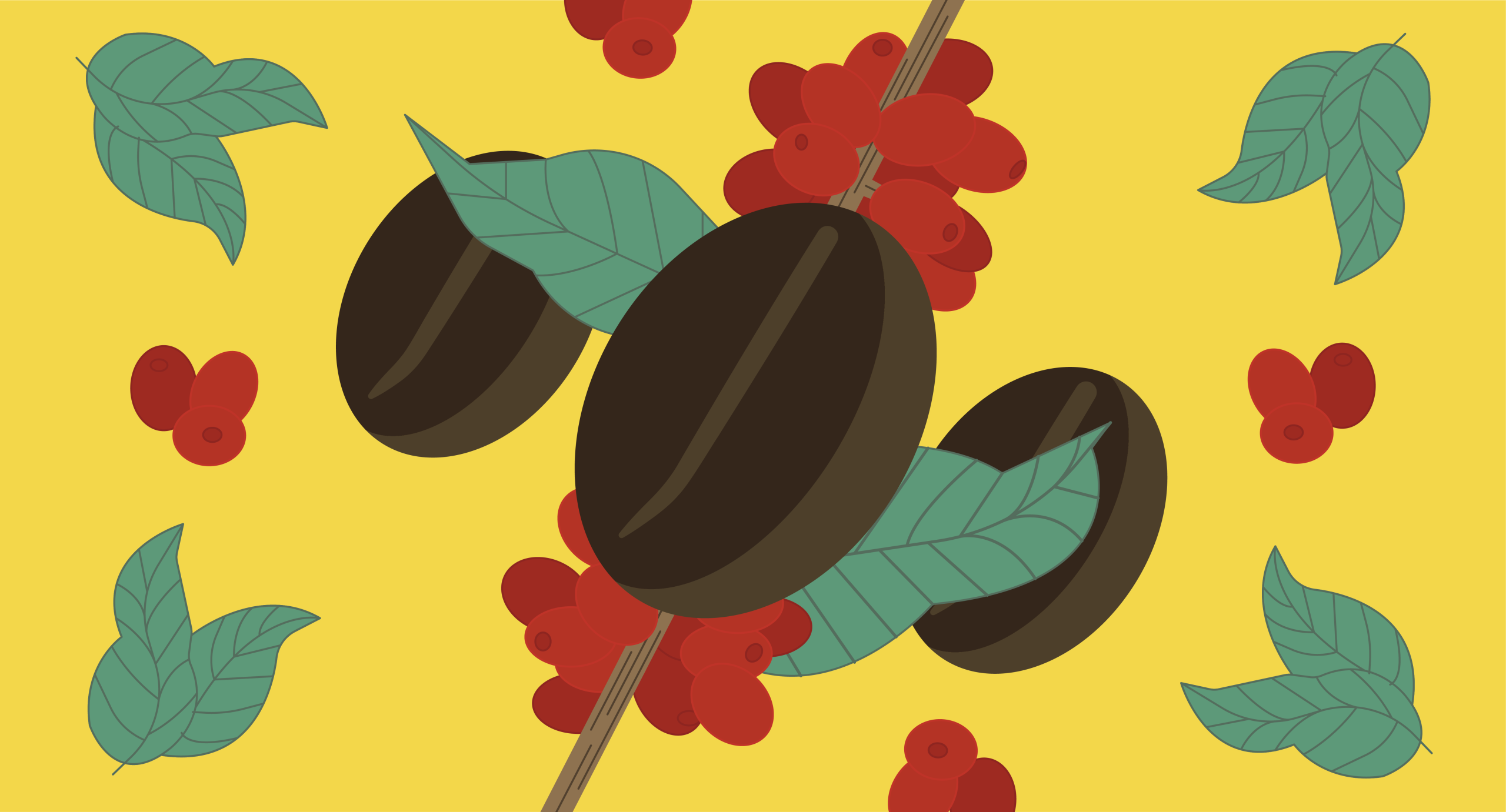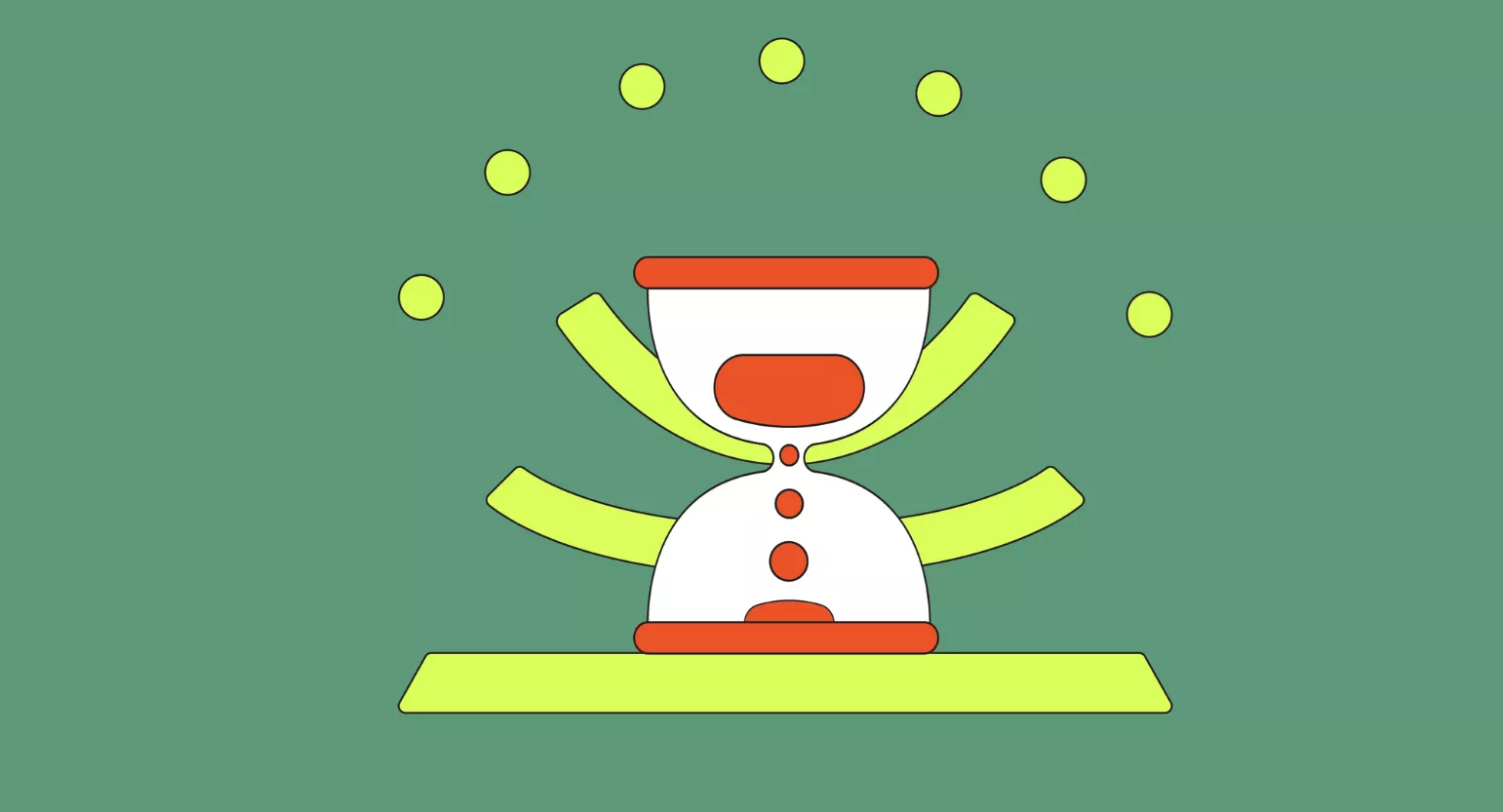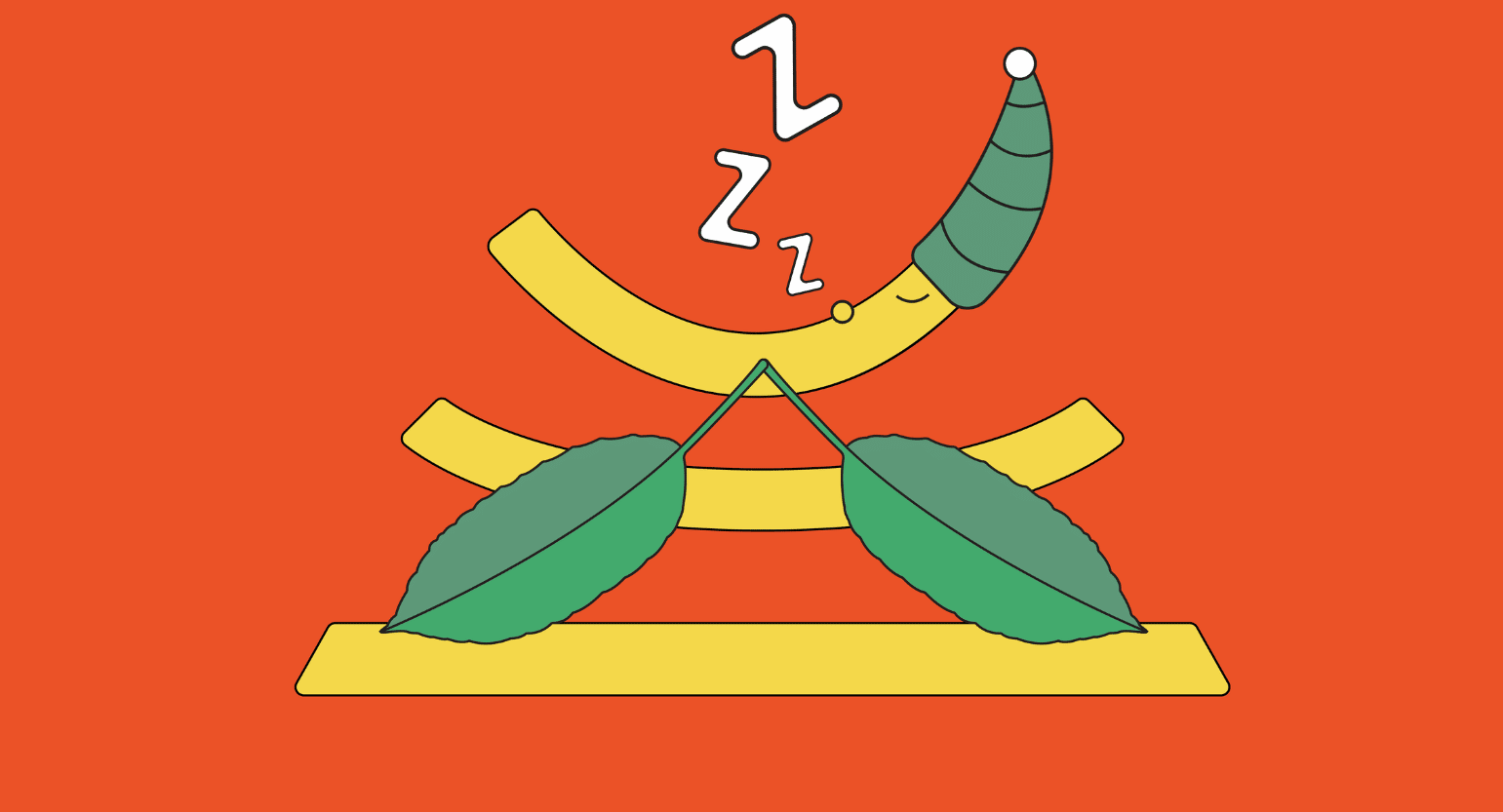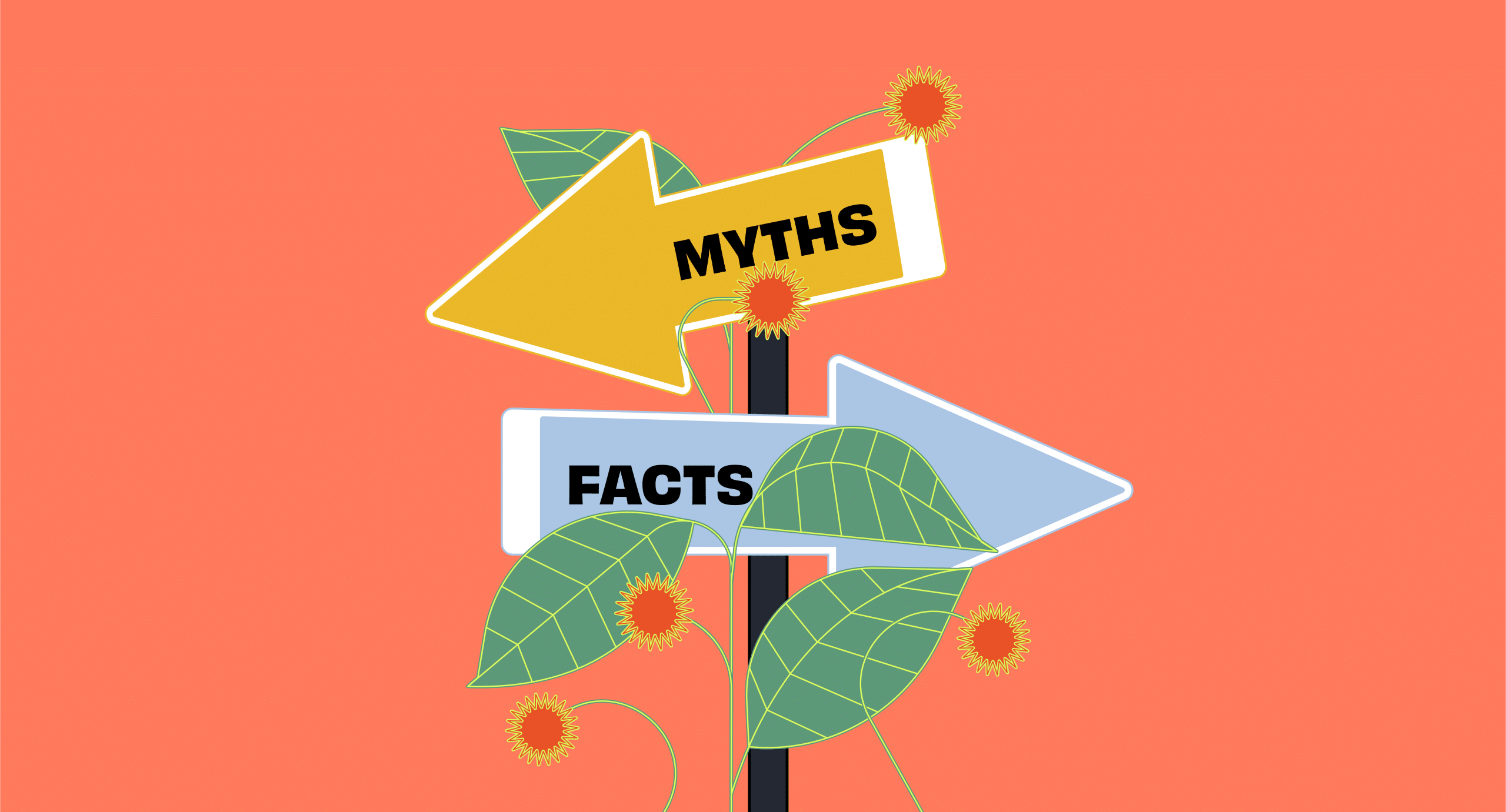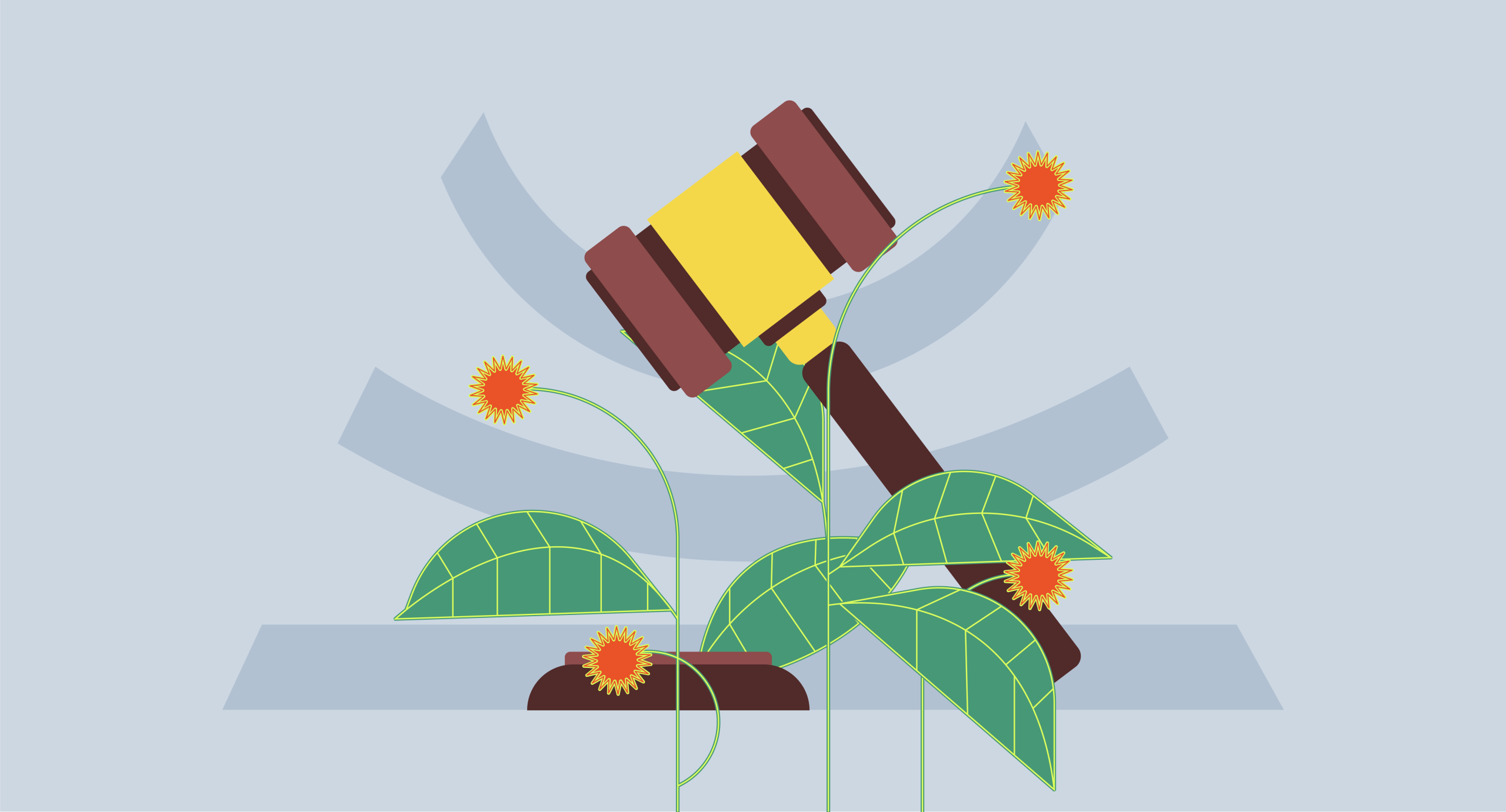What Is the Coffee Plant?
The coffee plant (Rubiaceae) is often called a “coffee tree,” but it’s technically an evergreen shrub. It can grow up to about 30 feet tall, and it primarily grows in warmer regions like Ethiopia, Brazil, and Colombia.
The tree grows bitter and slightly acidic berries, each containing a seed that eventually turns into a coffee “bean.” The term “coffee bean” is a misnomer, as it’s actually a berry seed.
The flesh of the berries is stripped off of the seed, which is then dried and roasted to produce the coffee beans you’re probably familiar with. When the beans are ground and brewed with hot water, you get highly caffeinated coffee.
What Varieties of Coffee Plant Are There?
Most people don’t realize that there are varieties of coffee plants and those who do usually only know about two different plants. In actuality, there are four different coffee plant varieties, but only two make up a large majority of the coffee beans sold.
1. Arabica Coffee (Coffea arabica)
Arabica coffee plants (Coffea arabica) are the most popular variety, making up about 80% of all coffee sold by producers and farmers. Most coffee drinkers prefer Arabica coffee for its sweet taste and slight bitterness. If you don’t know what kind of coffee you drink, chances are, it’s entirely or mostly Arabica.
2. Robusta Coffee (Coffea robusta)
Robusta coffee (Coffea robusta) makes up almost the rest of the coffee sales worldwide. This variety is much more bitter, usually having a burnt taste, but it has a significantly higher caffeine content than Arabica coffee. Some people drink robusta coffee exclusively, but it’s more often used in blends with Arabica to boost the caffeine content and add some bitterness.
Related: Are Caffeine Pills Safe?

3. Liberica Coffee (Coffea liberica)
Liberica coffee (Coffea liberica) is scarce, and most coffee drinkers will have trouble finding it. The beans are larger and irregular in shape, and most coffee drinkers describe the flavor as smoky and fruity.
4. Excelsa Coffee (Coffea liberica)
Excelsa coffee (Coffea liberica) is similar to liberica coffee, and it’s currently classified under the same scientific name. However, those who have tried this rare coffee variety note that the flavor is more tart and fruity than liberica, so it’s distinct in flavor and aroma.
What Do Coffee Plants Look Like?
Coffee plants are woody shrubs that resemble trees. The branches grow dark green leaves that are quite waxy and grow in pairs along the lengths of the limbs. When the coffee tree matures, it begins to blossom. Coffee tree flowers are small, white, and pungent, and eventually, give way to a cluster of coffee cherries.
Coffee cherries are round and about a half-inch in diameter. They’re green and yellow before they ripen, and they turn to a bright red when they’re ready to be harvested.
Coffee cherries contain either two halves of a whole coffee seed or, more rarely, one larger seed.
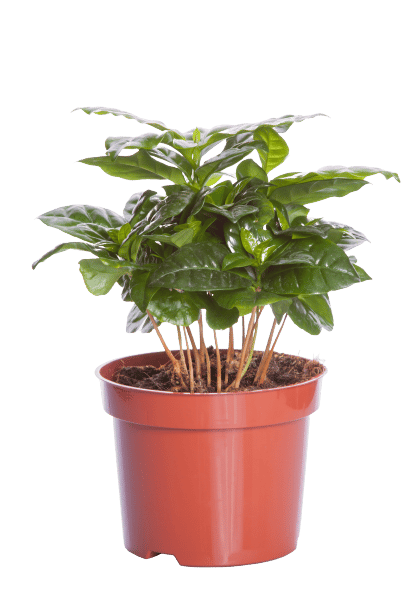
What Are Coffee Plants Used For?
Coffee plants are almost exclusively harvested to roast and sell coffee beans. Other plants in the coffee family (Rubiaceae) — including Gardenias, kratom, Cinchona (the Quinine tree), and Chacruna — are used for decoration, medicinal purposes, and dyes.
Where Do Coffee Plants Grow?
Coffee plants require a warm climate to grow and thrive, so they’re most common in countries close to the equator, including some as far away from the equator as the Tropic of Capricorn and Cancer.
Brazil, Vietnam, Colombia, Indonesia, and Ethiopia are the five countries that produce the most coffee.
What Plants Are Similar to Coffee Plants?
While the coffee plant is the most widely available and widely used, other plants within the family and outside of it provide stimulation when consumed. Below is a quick breakdown of some of the most popular stimulating plants, other than the coffee plant.
Kratom
Kratom comes from the Mitragyna speciosa tree, which primarily grows in hot, moist climates, specifically in Indonesia and the surrounding areas. Kratom leaves are harvested, dried, and ground up for consumption, and they can provide intense stimulation beyond what most users get from coffee.
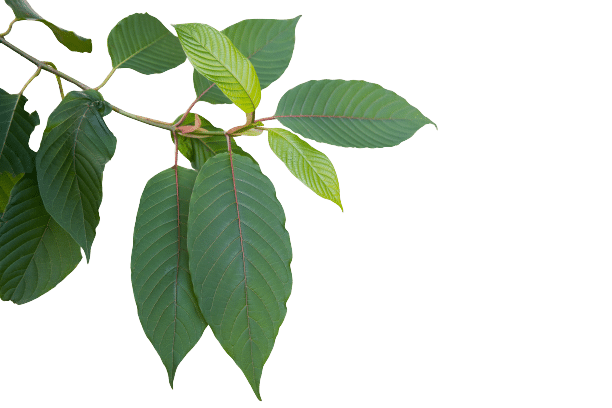
The energy boost is also more balanced, meaning you won’t get the jitters from consuming it, and you’ll likely experience some nootropic benefits that help keep you focused.
Kratom gets its stimulative properties from the alkaloid mitragynine, which is most potent in white vein strains and green vein strains. Red vein strains tend to have the opposite effects, including sedation and pain relief.
Related: Kratom Dosage Guide
Coca
Coca trees (Erythroxylum coca) is the tree from which cocaine is produced. It grows in hot climates like Colombia, Argentina, and Brazil. The coca plant leaves are harvested at peak maturity, dried, and crushed into cocaine, an illegal psychoactive drug. The coca tree gets its stimulative properties from the alkaloid cocaine, and it’s one of the most intensely stimulating plants.
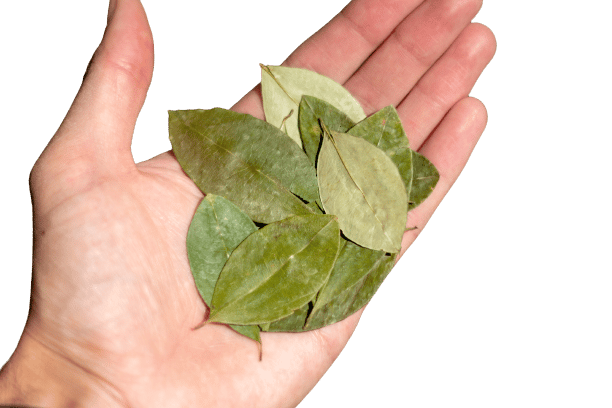
Tobacco
The tobacco plant (Solanaceae nicotiana) is another wildly popular plant with stimulative properties. Like many other stimulating plants on this list, tobacco grows most abundantly in hotter climates, specifically in Argentina, Brazil, Greece, Italy, Spain, Turkey, and the Southern United States.
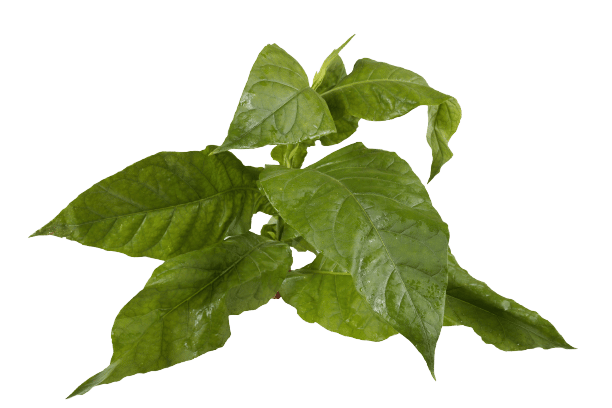
The tobacco plant is short and grows long, broad leaves. The leaves are harvested, dried, and crushed into a coarse powder in most cases, or they can be left whole for consumption. Unlike many other stimulating plants, tobacco is primarily smoked, and stimulation is considered a side-effect rather than the primary effect.
Ephedra
Ephedra (genus Ephedra) is a flowering plant found natively in many countries, including Europe, Asia, and the Southwestern United States. The flowers contain two primary alkaloids that can interact with the human body: ephedrine and pseudoephedrine. These alkaloids provide intense stimulation when consumed and are considered amphetamine-like.
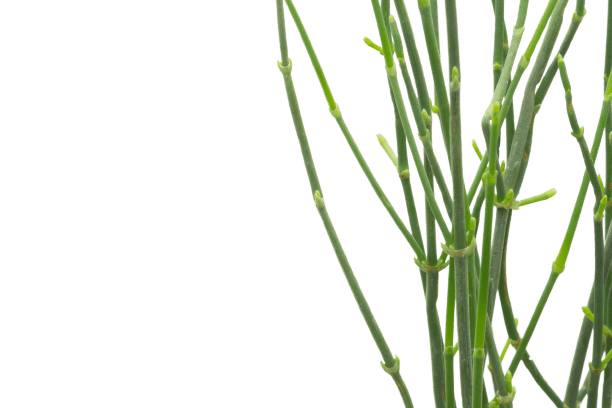
Ephedra is illegal in the United States because of known risks associated with regular use. However, it’s still used in traditional medicine, and its alkaloids are also present in many prescription medications.
Cassine
The Cassine or Cassina plant (Ilex cassine) is a tree that belongs to the holly family. It’s predominantly found in some parts of the United States, and Native Americans used it for several purposes.
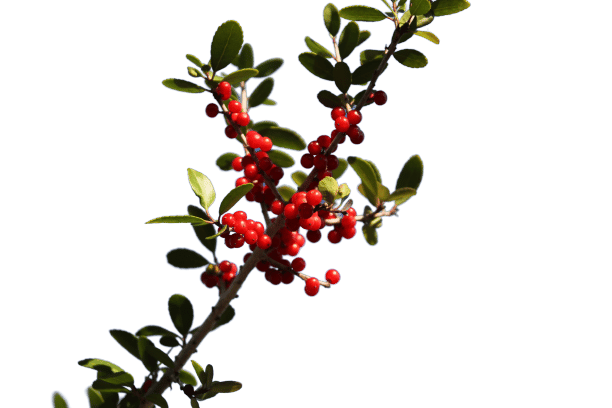
The shoots and leaves are ground up and brewed with hot water to make a dark beverage that resembles coffee. The drink contains high caffeine volumes that provide stimulation similar to strong coffee.
Wrapping Up: The Coffee Plant & Alternatives
Coffee is one of the most consumed drinks, but few people know where it comes from, and even fewer know about other stimulating plants that produce similar effects. Coffee “beans” are actually cherries harvested from the coffee plant, dried, and roasted. They contain caffeine, which provides a boost of energy and some nootropic effects.
Other plants that provide similar stimulating effects include kratom (which can boost mental acuity), coca (which contains the illegal alkaloid cocaine), tobacco, ephedra, and cassine. Coffee and tobacco are, by far, the most popular and widely used substances among these stimulating plants, but kratom has been gaining popularity over the last few years.

